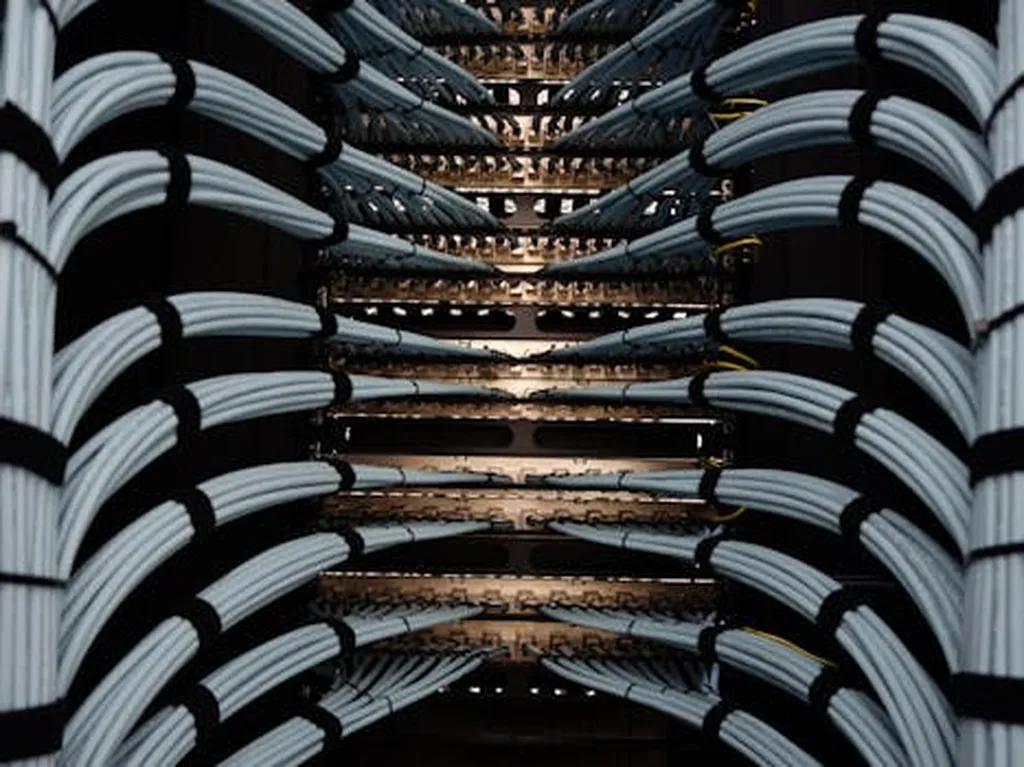The United States data center construction market is undergoing a seismic shift, driven by the relentless march of digital transformation. With a projected value of US$28.95 billion by 2033, up from US$17.01 billion in 2024, the sector is poised for a 6.09% compound annual growth rate (CAGR) between 2025 and 2033. This expansion is not merely about building more data centers; it’s about constructing the digital backbone of a nation increasingly reliant on cloud computing, artificial intelligence, and the Internet of Things (IoT).
The U.S. is no longer just adopting digital systems—it’s building a massive, AI-driven infrastructure layer that will define global competitiveness for years to come. This infrastructure is the foundation of digital America, enabling everything from smart cities and 5G networks to AI-powered applications and real-time financial systems.
**A New Era of Digital Infrastructure**
The U.S. data center construction market is being reshaped by surging cloud demand, big data integration, remote work proliferation, and the explosive development of AI and machine learning. Companies across every industry—finance, healthcare, government, retail, and manufacturing—are pushing to expand digital capacity. Hyperscalers like Amazon Web Services, Microsoft Azure, and Google Cloud are investing in larger, more energy-efficient infrastructure to meet this demand.
Modern data centers are now built with high-performance computing (HPC) capabilities, renewable-powered systems, liquid and free-air cooling, modular and prefabricated designs, and AI-driven energy management. Sustainability is becoming a defining feature, with operators increasingly adopting green building standards, solar and wind energy, and innovative cooling methods to comply with environmental benchmarks and control rising energy costs.
**Key Drivers of Growth**
Several interconnected factors are catalyzing this surge in data center construction:
1. **Explosive Cloud Dependency & Surging Data Consumption**
The U.S. is witnessing record-breaking data usage. According to the CTIA Wireless Industry Survey (2024), wireless networks processed 100.1 trillion MB of data in 2023, up 89% since 2021. This exponential rise demands more storage, computing power, and secure data routing—directly intensifying data center construction across the country. The transition to hybrid and multi-cloud environments among enterprises is another major catalyst, requiring advanced colocation facilities, scalable cloud data centers, and secure, high-capacity server farms.
2. **Industry Investments, Remote Work Surge & Sustainability Push**
The U.S. is experiencing a wave of remote and hybrid work adoption, with approximately 22 million Americans now working remotely full-time and 68% of tech workers operating off-site. This demands resilient cloud infrastructure and real-time collaboration systems. Meanwhile, sustainability is shaping construction strategies. Data center operators increasingly adopt renewable energy solutions, precision cooling, and carbon-reduction technologies. Federal and state-level incentives encourage energy-efficient facilities, reduced-emission equipment, water-efficient cooling, and renewable-powered systems.
3. **The Rise of AI, IoT, Machine Learning & 5G Connectivity**
Perhaps the greatest growth driver is the U.S. race to dominate artificial intelligence infrastructure. AI demands enormous computing power, triggering some of the largest investments in digital infrastructure in American history. In January 2025, OpenAI, Oracle, and SoftBank announced an AI megaproject called Stargate—a US$100 billion venture (potentially expanding to US$500 billion) to build 10 next-generation data centers across the U.S. Each will span 500,000 sq ft, purpose-built for AI workloads.
Additionally, the explosion of IoT devices, national 5G expansion, and growth of edge computing require real-time processing hubs closer to end users. This is pushing companies to build decentralized micro-data centers nationwide.
**Challenges and Opportunities**
Despite the robust growth, the U.S. data center construction market faces significant challenges:
1. **High Capital & Operational Costs**
Data center construction is capital-intensive, with modern facilities including sophisticated cooling, power distribution units, cyber-secure environments, redundant power systems, and fire suppression and monitoring systems. High energy consumption and skilled labor shortages also drive up operational expenses. Smaller companies struggle to compete with hyperscalers who command large financing and low-cost power agreements.
2. **Complex Regulatory & Compliance Frameworks**
Data center developers must navigate state renewable mandates, federal cybersecurity standards, zoning and land-use regulations, and environmental impact assessments. States like California impose some of the strictest energy-efficiency standards. Permitting delays and compliance costs can significantly extend project timelines. Ensuring privacy and infrastructure security requires

